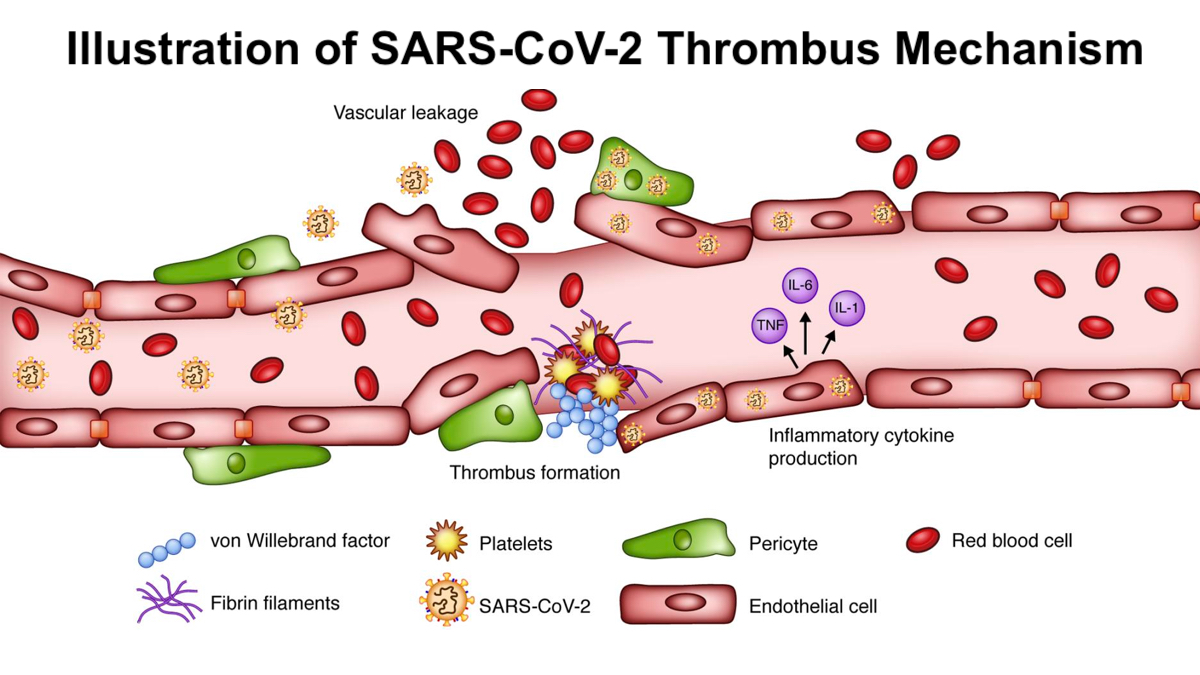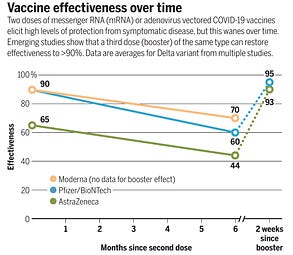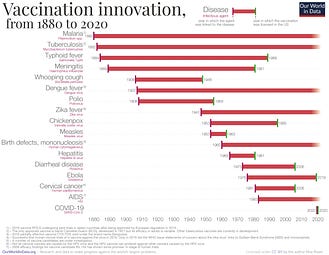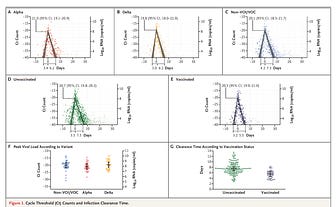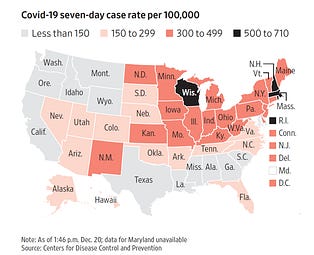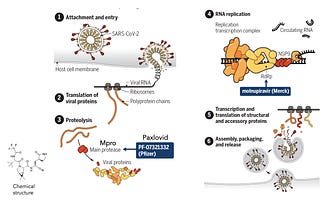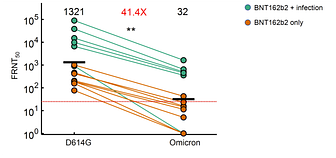DR ERIC TOPOL. GROUND TRUTHS. Heart attacks and strokes late after Covid. The body of evidence expands.
FOR EDUCATIONAL PURPOSES ONLY.
Back in February 2022, Ziyad Al-Aly and his colleagues from Washington University published a seminal paper about major adverse cardiovascular outcomes at one year following Covid infections. It was based upon nearly 154,000 patients with Covid (median age 60, 90% male) from the US Department of Veteran Affairs with 2 control groups each with over 5 million people. Importantly, these were events after 30 days from infection. There was a 1.7-fold risk of heart attack and 1.6-fold increased risk of stroke, among the other adverse outcomes, as shown below, for people with Covid versus controls.
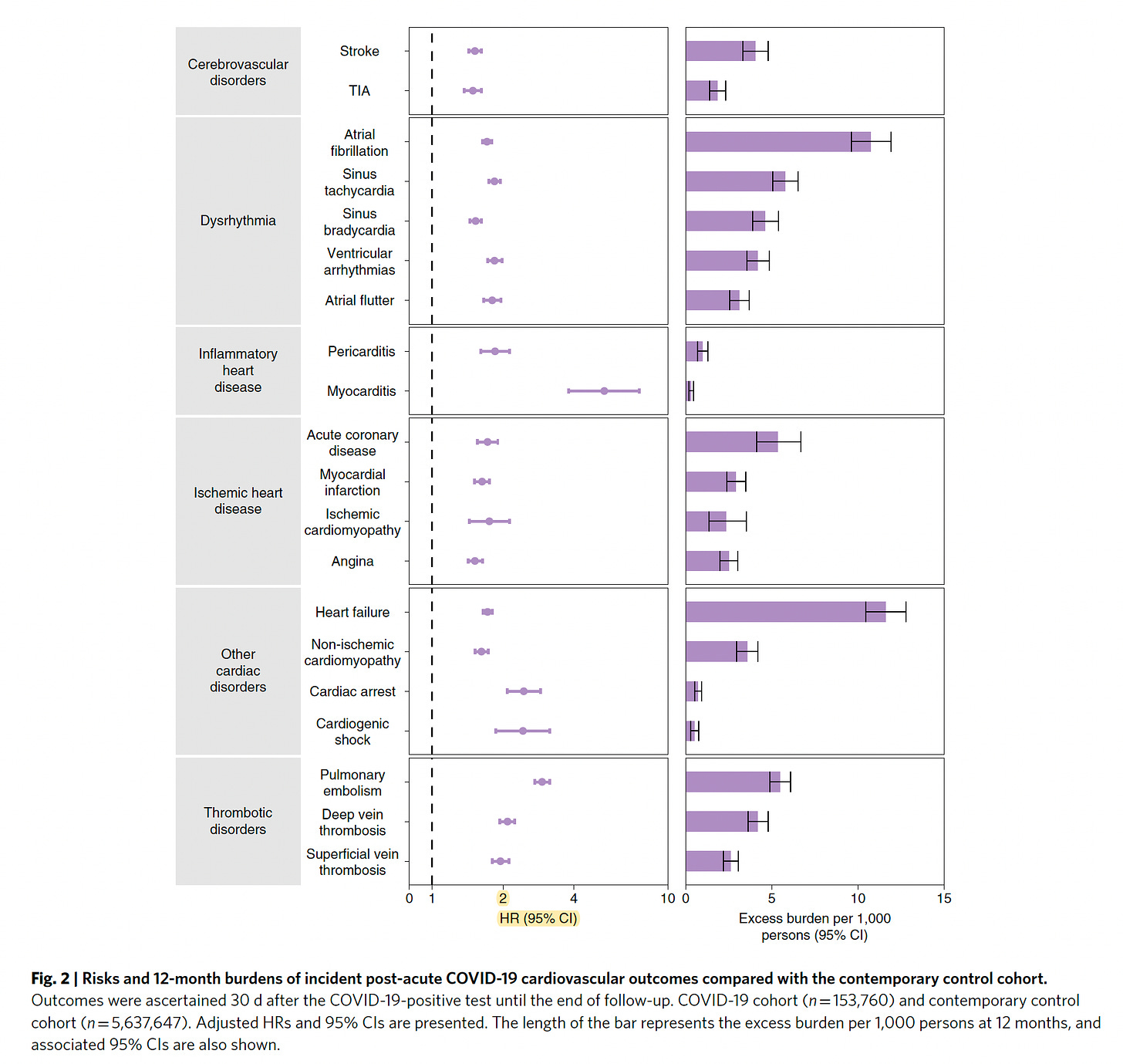
Subsequently, Wang and colleagues published on nearly 700,000 people with Covid compared with a control group of 2.25 million people without Covid, of whom there were matched controls by propensity analysis for the people who had Covid. The results were remarkably similar to the Al-Aly Nature Medicine report with a 1.6-fold increased risk of stroke, a 2-fold higher risk of acute coronary disease, and the divergent curves below for major adverse cardiovascular outcomes. Of note, unlike the Veterans Affairs cohort, this population was much younger, mean age of 44, and 57% were female. Again note the differences were after 30 days, post-infection.
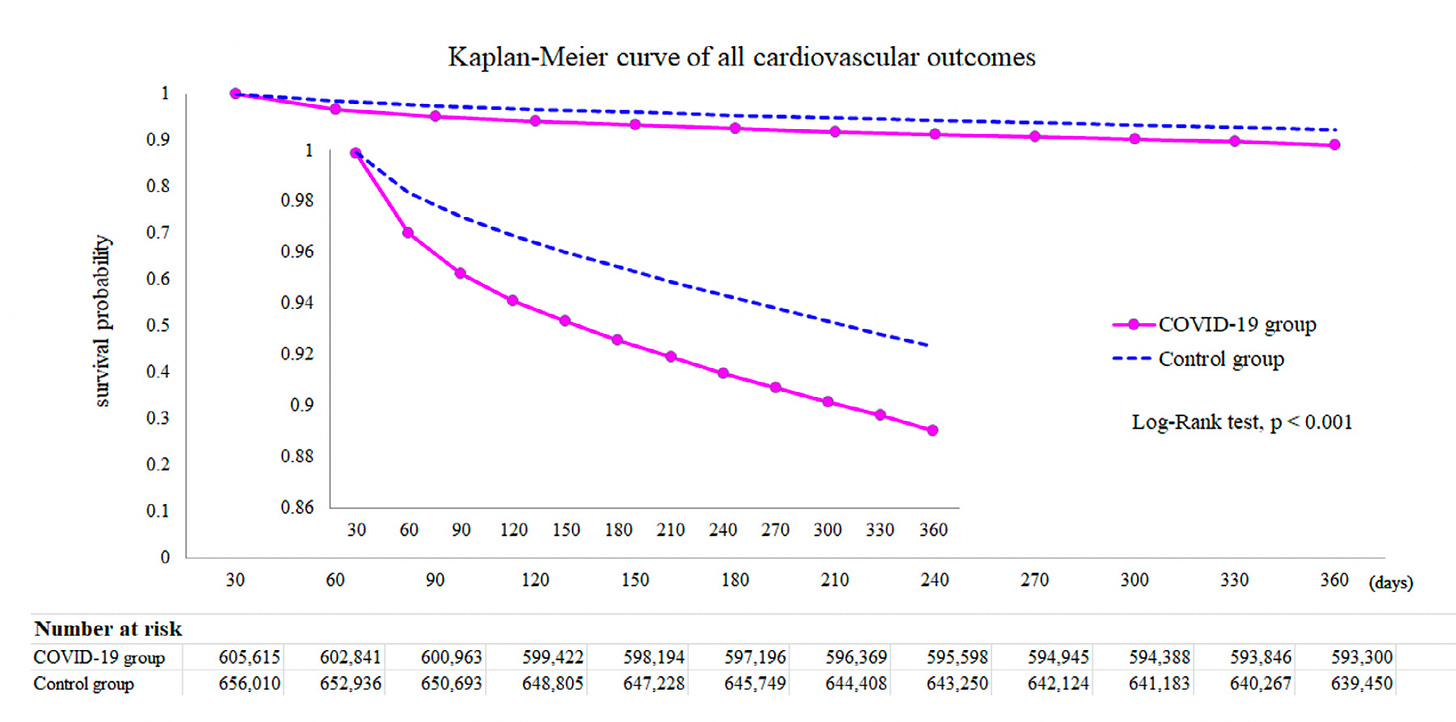
Today a new study from a private insurance claims database was published by DeVries and colleagues. It compared 13,345 people with Covid matched with 26,870 control without Covid. The individuals were a mean age of 50 and 58% were women. Like the prior 2 studies, these were people unvaccinated. Accounting for differences in risk factors pre-Covid, there was yet another independent replication of a 2-fold increase in stroke risk, >2-fold increase in all-cause mortality, and other major cardiovascular outcomes including pulmonary embolism, deep vein thrombosis, and other outcomes as seen below, whether or not with Covid individuals had been hospitalized (Table below).

Here is the graph for all-cause mortality excess (2.8% vs 1.2%), which again shows the separation after 30 days from Covid infection
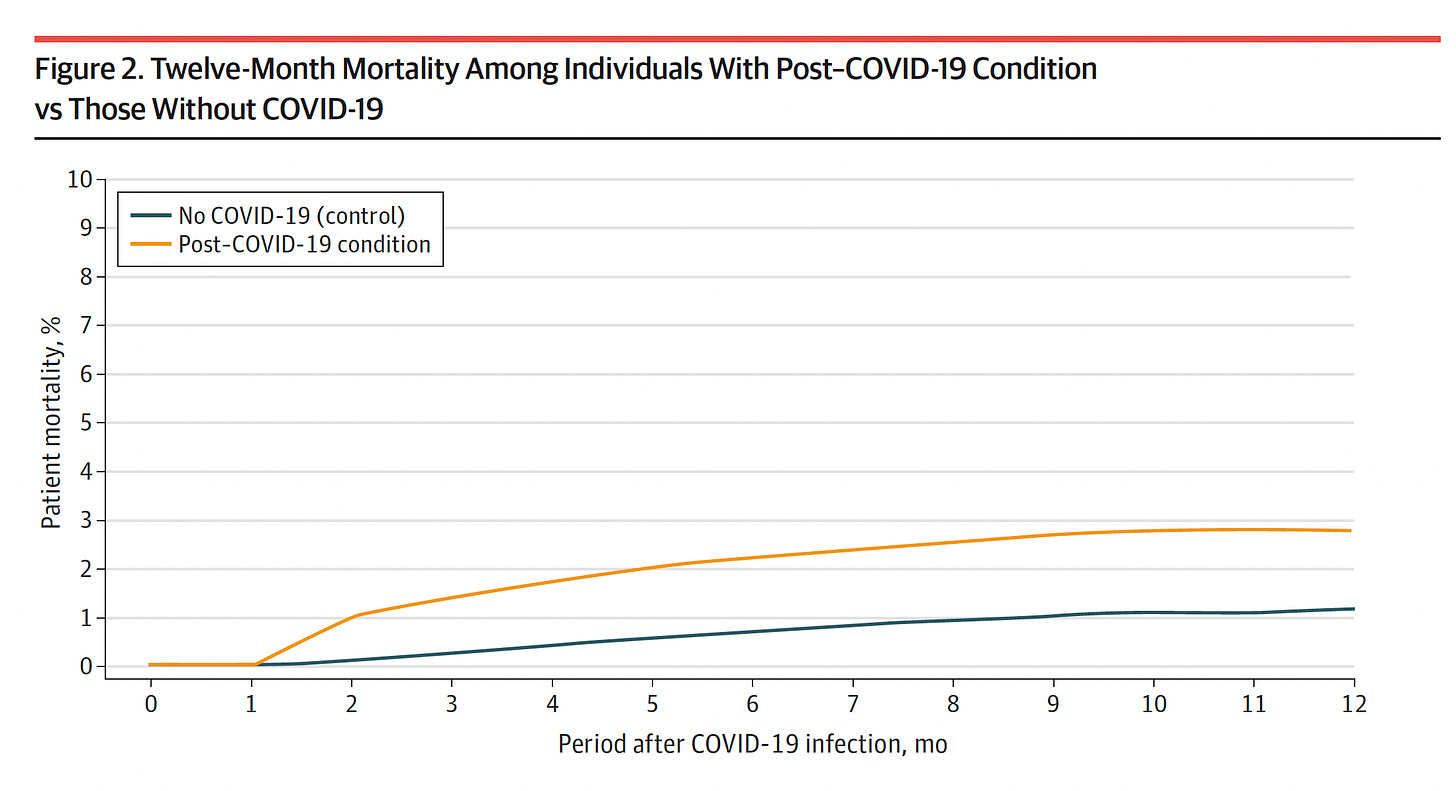
The finding of excess major cardiovascular outcomes during the Covid pandemic is highly consistent with a report this week in Nature Cardiovascular Research on the whole United States population through March 2022. This report focused on cardiovascular deaths, and as shown below, demonstrated the excess throughout the first 5 waves of the US pandemic that occurred well past each of the surges. There were over 90,000 more cardiovascular deaths than what would have been expected.

One question from these 4 reports is whether the excess in major cardiovascular outcomes is influenced by vaccination, since none of the studies above provided insight about that important matter. We have 2 recent studies that replicate, one from South Korea’s national database and the other from the United States NIH Consortium known as N3C (National COVID Cohort Collaborative, National Center for Advancing Translation Sciences), both showing approximate halving of heart attack and stroke for people vaccinated compared with matched unvaccinated controls.
I’ve tried to summarize these 6 studies in the Table below
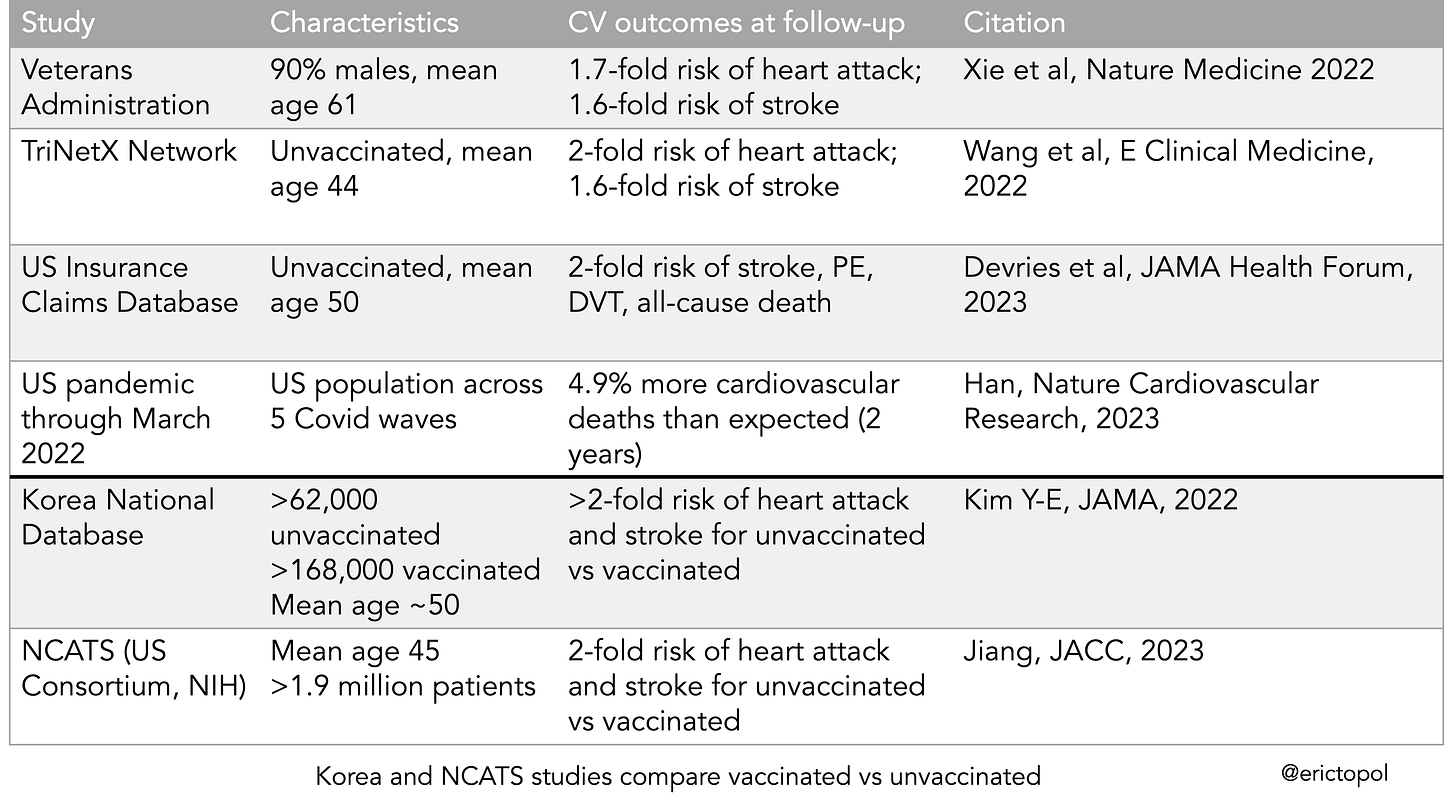
Every one of these studies has limitations, including biases and confounders, with best efforts of the researchers to adjust for these issues. When I review data from multiple sources, I look for consistency in magnitude and direction. That’s what we’re seeing here.
As far as a mechanism for the excess of late (beyond 30 days from Covid) major cardiovascular outcomes, it has been well established that there is both endothelial lining of blood vessels) inflammation and the inter-dependent or direct hyper-coagulability that can be induced by Covid. That is to say, there are multiple paths by which Covid predisposes towards clotting. And microclots are one of the mechanisms that have been identified as an underpinning for some people suffering from Long Covid. Here’s a good graphic to illustrate pro-thrombotic endothelial dysfunction induced by SARS-CoV-2

What does all this mean?
Al-Aly’s first study has now been replicated by others. It’s an inconvenient truth that Covid is associated with an excess of heart attacks and strokes beyond the first month of infection. That can no longer be ignored or refuted. The positive outlook is that these studies zoomed in on patients infected in the pre-vaccine era, and subsequently we’ve seen that vaccinations were linked with halving the adverse outcomes. But even with vaccination the rate isn’t zero.
It’s all the more reason to avoid getting Covid or a reinfection. While it is likely we have moved to an endemic state in the US, with 90% cases accounted for by the XBB.1.5 variant, and no increases in hospitalizations or deaths for many weeks, it doesn’t mean Covid is over. The virus is still circulating and will continue to do so for years ahead. That’s also why we need better ways to protect against infections, like nasal vaccines.While we’re waiting for those (which should have already been validated and made available), please continue to take caution. I discussed my practice with Dr. Robert Wachter this week for UCSF Medical Grand Rounds which is freely available to all.
Thanks for reading Ground Truths. Please subscribe and share the post if you think it is helpful.
LEARN MORE… GROUND TRUTHS. ERIC TOPOL (Link-outs)
February 2023
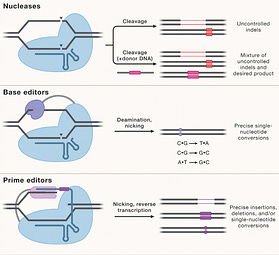
Towards genome editing cure of genetic heart diseases10 years after CRISPR things are really heating up

The Hospital-at-Home movementThe pandemic gave it a jolt and it’s just getting started
January 2023

Engineering T cellsExciting recent advances in cancer, autoimmune conditions, reversal of scarring and beyond
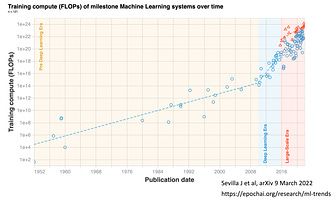
When M.D. is a Machine DoctorHelping medical doctors and patients in the Foundation Model A.I. era

The bivalent vaccine booster outperformsA review of the cumulative body of evidence
December 2022

A new variant alertThe XBB.1.5 variant is on a growth spurt in the United States

A Culture of [Blood] CulturesWhy hasn’t rapid sequencing for serious infections and sepsis become standard of care?

A quick update on the bivalent boostersNew CDC data on protection posted today
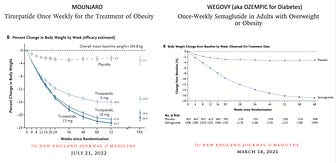
The New Obesity Breakthrough DrugsI’m not using the term breakthrough lightly
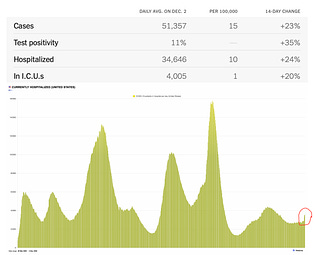
The new Covid waveIt’s across most of the planet now. Delving into why, what to expect, and what we can do about it.
November 2022
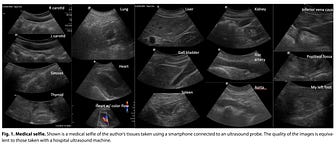
Medical SelfiesThe remarkable untapped potential of smartphone ultrasound
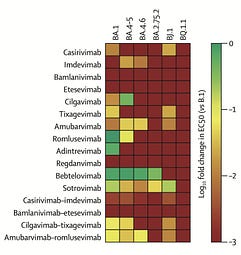
The BQ.1.1 variant storyOverall, a very good look and omen for the next couple of months
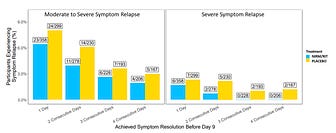
Paxlovid rebound: new data reviewed 16 November 2022, daily briefing
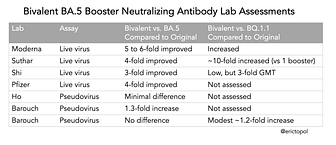
New booster data and variants galorePandemic daily briefing, 14 November 2022
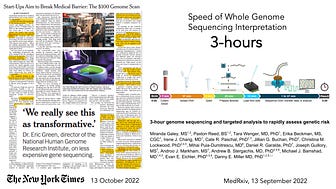
Clinical Whole Genome SequencingWhen both cost and time to get data plummet
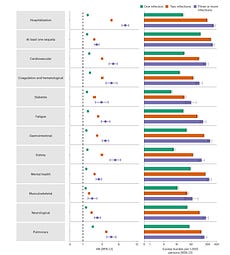
Covid Reinfections and Long CovidDaily Pandemic briefing #8, 10 November 2022
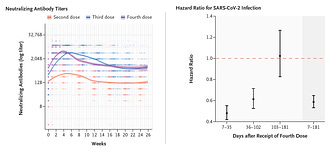
Booster waning, Long Covid brain fog, and potential of Paxlovid resistanceDaily update #7, 9 November 2022
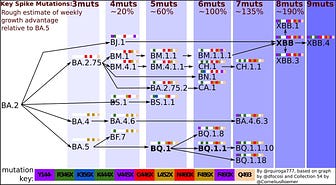
An optimistic outlookDaily pandemic update #6, 7 November 2022
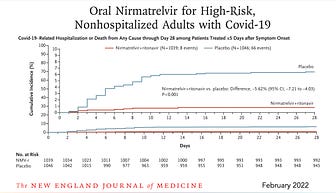
Paxlovid and Long CovidA new study sheds light on a bonus benefit after the acute phase
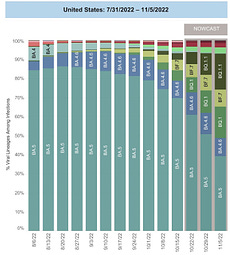
Daily pandemic briefing, 4 November 2022Today, the CDC updated the case attribution by variants with BQ.1.1—the main one of concern here—at 19%, and combined with BQ.1 at 35%, not dissimilar…
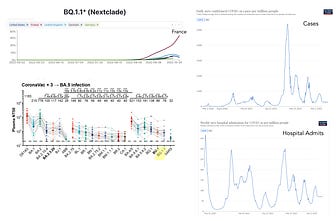
Pandemic daily update, 3 November 2022Just a reminder that I’m doing these daily updates while Twitter is in flux, with millions exiting. Yet there’s still a pandemic out there to contend…

Pandemic daily update, 2 November 2022Vaccine vs. Pathogen Progress The advances in vaccinology preceding the pandemic laid the foundation for the hyper-accelerated Covid vaccine success (10…
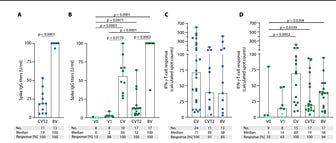
Pandemic update, 1 November 2022NB: The is the 2nd daily/frequent brief pandemic update that I just initiated because of twitter’s instability Two published papers today are of…
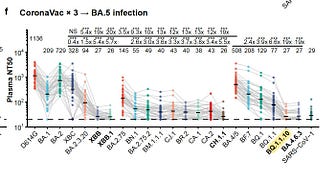
Pandemic update, 31 October 2022The 1st of daily/frequent brief updates
October 2022
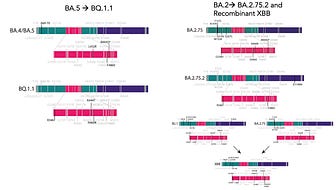
A booster is your best shot nowWe’re heading into a new BQ.1.1 variant led wave
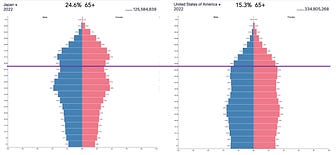
The marked contrast in pandemic outcomes between Japan and the United StatesA piece in The Economist this week about masks, and how at least half of the people in Japan are planning to continue to use masks indefinitely (where…
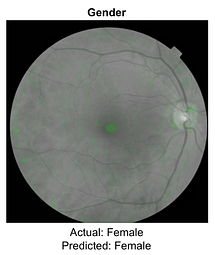
The amazing power of “machine eyes”The unanticipated deep learning A.I. dividends for medicine
September 2022
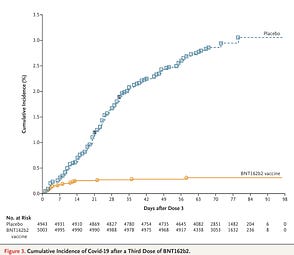
To boost or not to boostShould that be the question?
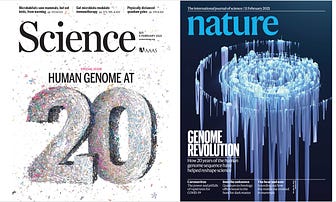
Human genomics vs Clinical genomicsWe’re now well over 20 years since the first human genome was sequenced, but with few exceptions the massive amount of data that has been generated has…
August 2022
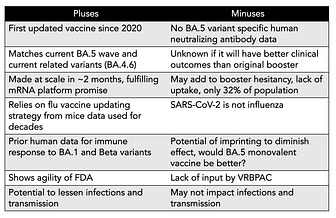
The imminent BA.5 vaccine boosterWe’ve just learned that in the next few weeks, soon after Labor Day, the first Covid updated vaccine will be available to all Americans age 12+, with…
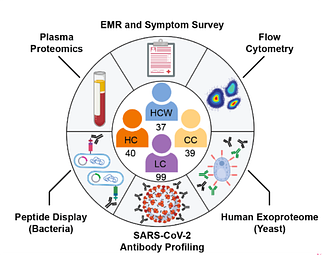
Some Light on Long CovidA cluster of new data
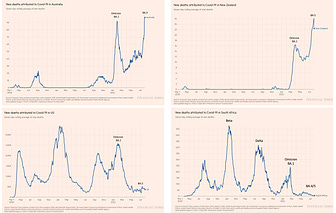
Immunity wallsThe influence of prior infections and which variants
July 2022
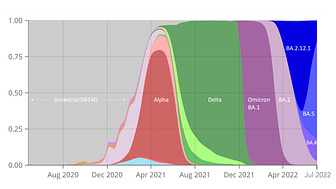
It’s the virus, stupid.When the vaccines were first introduced in December 2020, the virus they were designed against was altogether different from what it is today…
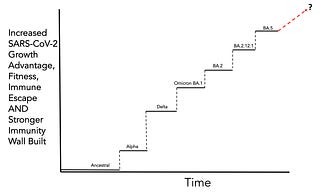
The pandemic and the boiling frog storyThe SARS-CoV-2 variants successively keep finding new and repeat hosts, now more efficiently than they did before, despite so many prior infections…
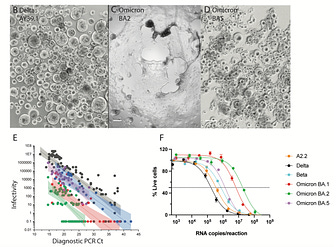
BA.5, Chapter 2Significant updates from the previous BA.5 story
June 2022
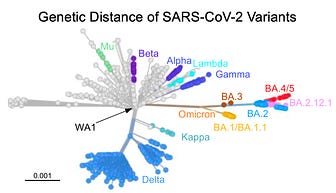
The BA.5 storyThe takeover by this Omicron sub-variant is not pretty
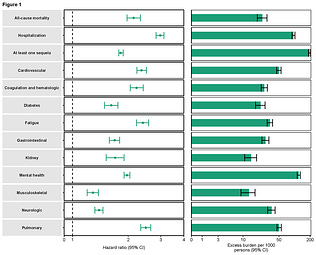
A reinfection red flagWhy a new report is so troubling
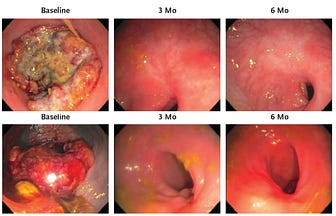
A turning point in cancerA cluster of “un-heard of” results in multiple subtypes of advanced cancer
May 2022
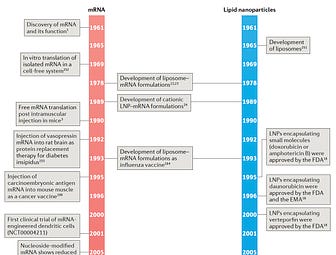
The bright side of the Covid pandemicValidation of a platform with pluripotent potential
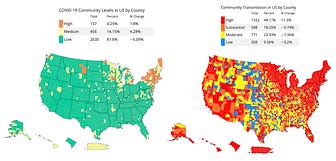
The Covid CapitulationAs the virus accelerates its evolution, humans retrogress

Climbing the ladder of infectiousnessThe accelerated evolution of SARS-CoV-2
March 2022
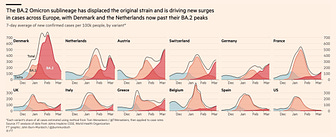
A new wave and a new booster?Staying ahead of the virus
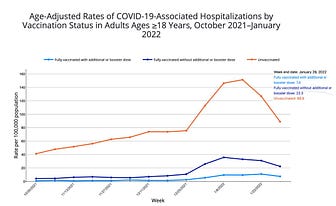
The Epidemic of Covid ComplacencyIsn’t it great? The pandemic is over. We don’t need masks. The virus is contained. Forget about vaccines since they don’t work. The vulnerable are…
February 2022

Ground Truths on Prior Covid How failure of the United States to acknowledge the evidence has unnecessarily fueled divisiveness and a war against mandates
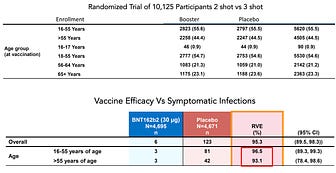
How to misinterpret clinical outcome data in populations by age subgroupsThe absolute importance of relative reduction
January 2022
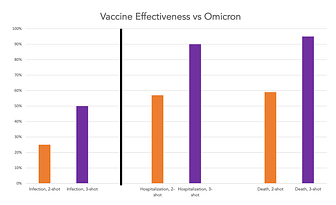
A Shot in the DarkActually multiple shots, not all vaccines

